
If you see photos like the one above and wonder how to blur the background in your portraits, this article is for you.
It's actually a fairly simple process, but one that has gorgeous impact on the photos you take.
In the video above, Sydney Portraits outlines the steps you need to take to get a blurry background.
Follow along in the video to see examples of each step, and for a play-by-play of how to take a picture with a blurry background, check out the tutorial below.
Factors for Getting an Out of Focus Background
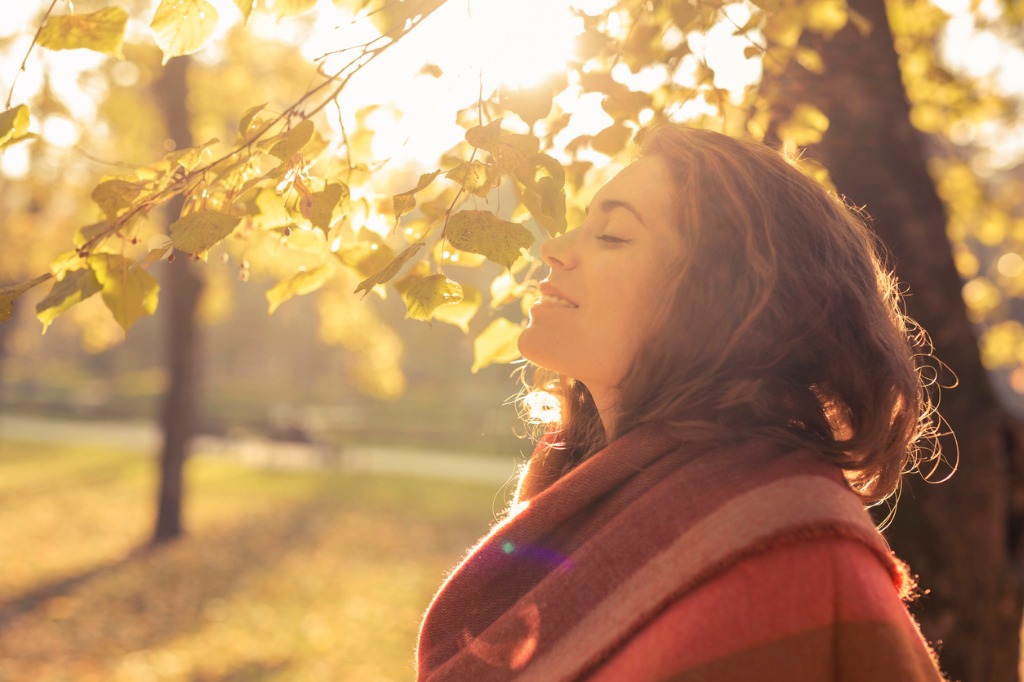
There are four primary factors involved in creating a blurry background in portraits:
- The aperture used
- The distance from the subject to the background
- The distance from the camera to the subject
- The type of lens used
Manipulating one of these factors can change how focused or blurry the background of a portrait will be.
Manipulating two or more of these factors will have an even more pronounced effect on the level of blur.
Let's examine each of these factors individually.
How to Blur the Background: Open the Aperture
 YouTube Screenshot/Sydney Portraits
YouTube Screenshot/Sydney Portraits
Aperture is responsible for controlling the amount of light that enters the lens.
A large aperture opening, like f/1.4, lets in tons of light. By contrast, a small aperture opening, like f/22, lets in very little light.
But these aperture values also influence background blur.
The larger the aperture opening, the blurrier the background will be. In the image above, shot at f/4, has a nicely blurred background that helps the subject stand out in the shot.
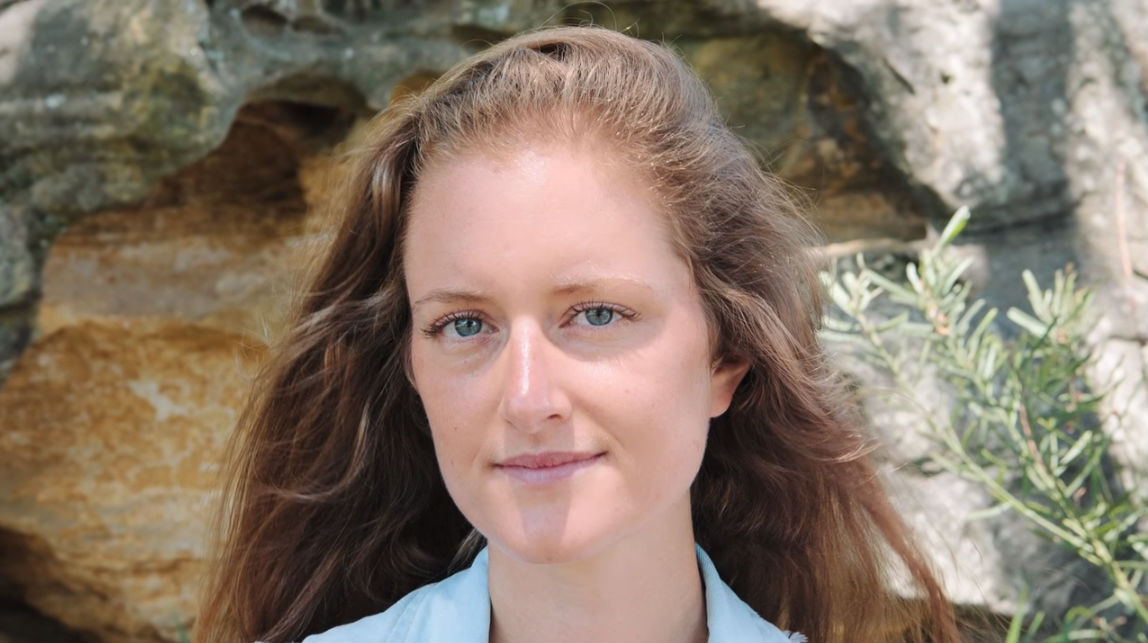 YouTube Screenshot/Sydney Portraits
YouTube Screenshot/Sydney Portraits
But in this example, shot at f/11, you can see how the background is much more in focus.
Though there's nothing particularly wrong with this image, it doesn't have the visual appeal that the first example has, simply because there is no blur to separate the subject from the background.
The difference between these two examples was achieved by changing just the aperture. Everything else - the distance, the lens, and so forth, remained the same.
In summary: the larger the aperture opening, the narrower the depth of field, and the blurrier the background will be.
Increase the Distance Between Subject and Background
 YouTube Screenshot/Sydney Portraits
YouTube Screenshot/Sydney Portraits
The second factor involved in how to take a picture with a blurry background is the distance between the subject and the background.
In this case, the greater that distance, the blurrier the background will be.
In the image above, the subject is only two or three feet in front of the rocks. As you can see, the rocks are fairly sharp.
 YouTube Screenshot/Sydney Portraits
YouTube Screenshot/Sydney Portraits
But in this example, the subject is about six to eight feet in front of the rocks.
Notice how that extra distance helped achieve a blurry background.
In summary: The greater the distance between the subject and background, the blurrier the background will be.
Decrease the Distance Between the Camera and Subject
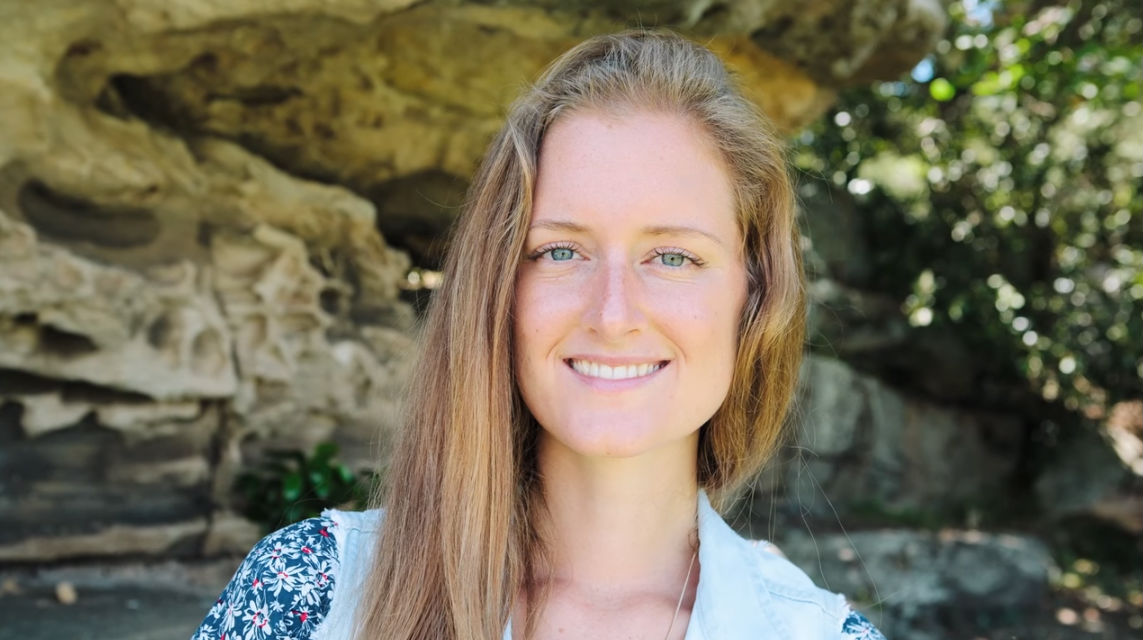 YouTube Screenshot/Sydney Portraits
YouTube Screenshot/Sydney Portraits
Your shooting position also influences the blurriness of a portrait background.
Specifically, the closer you are to the subject, the blurrier the background will be.
In the image above, taken from about four to five feet away, you can see that the background is nicely blurred.
 YouTube Screenshot/Sydney Portraits
YouTube Screenshot/Sydney Portraits
But if you back up to a distance of seven to eight feet, you can see how the background becomes sharper.
Though the difference between the two isn't enormous, you can still tell how the first example has a blurrier background than the second.
In summary: The closer you are to the subject, the blurrier the background will be.
Blur the Background With a Longer Lens
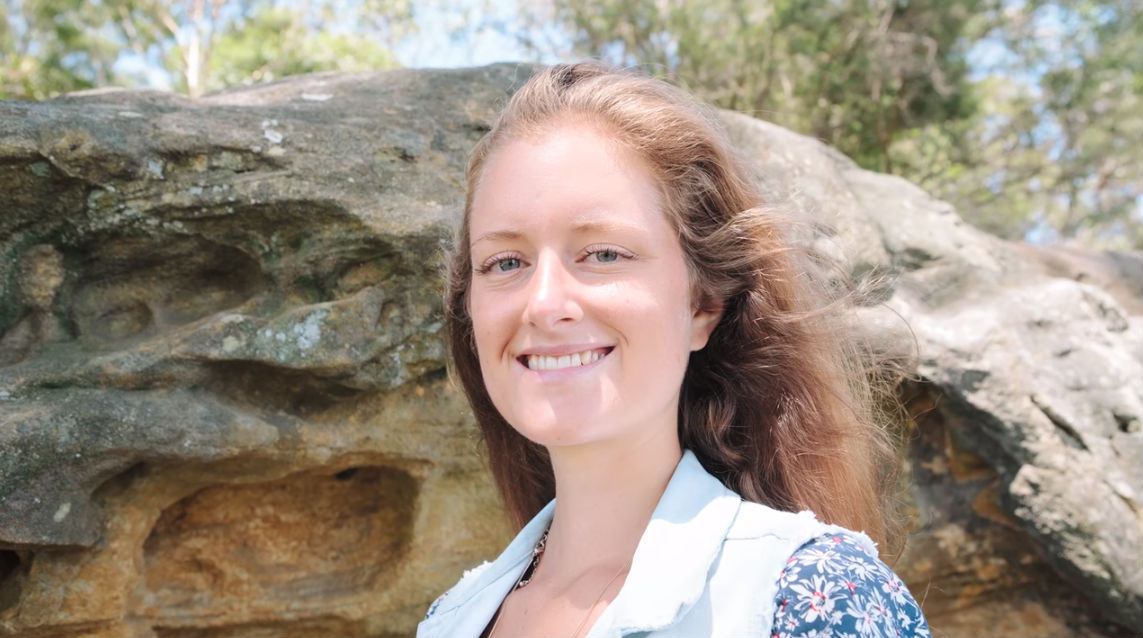 YouTube Screenshot/Sydney Portraits
YouTube Screenshot/Sydney Portraits
The final component in blurring the background of a portrait is the focal length of the lens.
If you shoot two portraits from the same distance to the subject, the same distance from the subject to the background, and with the same aperture, but use two different lenses for both shots, the images taken with a longer lens will have greater background blur.
In the image above, taken at 24mm, notice how the background is quite sharp.
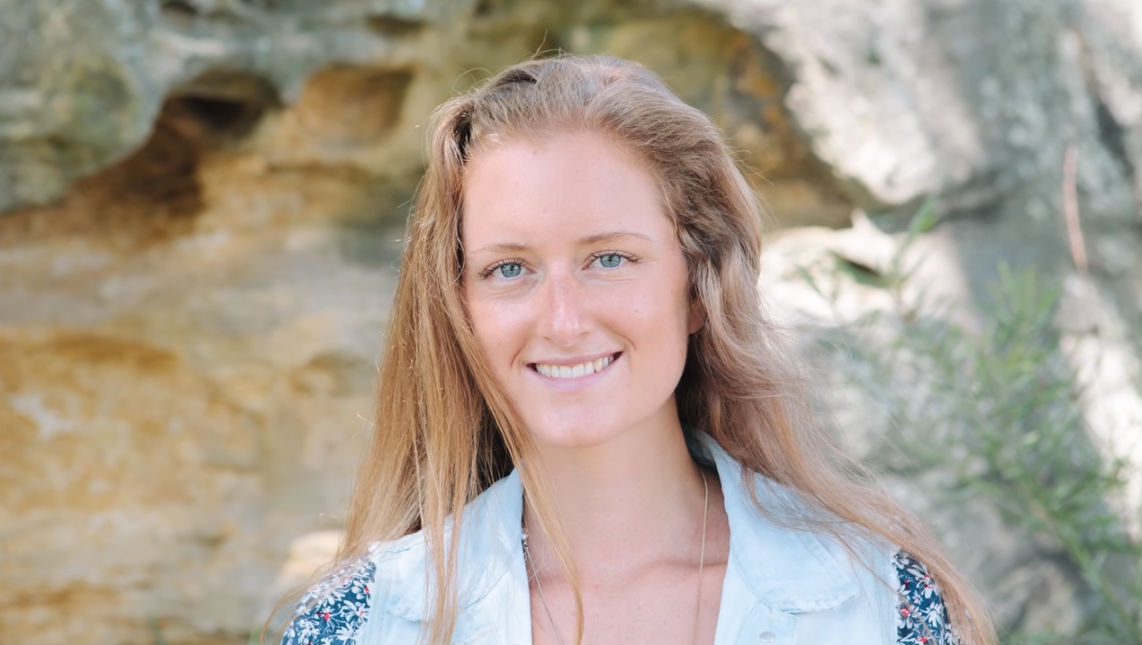 YouTube Screenshot/Sydney Portraits
YouTube Screenshot/Sydney Portraits
However, changing the focal length to 70mm generates a blurred background that's much more pleasing in the shot.
Again, nothing changed other than the focal length, so you can see the value of shooting portraits with a longer lens.
In summary: The longer the focal length of the lens, the blurrier the background will be.
So, whether you change one of these four factors or change some combination thereof, you can control the level of blur for more impactful portraits.
Article By:- Photographytalk.com
No comments:
Post a Comment